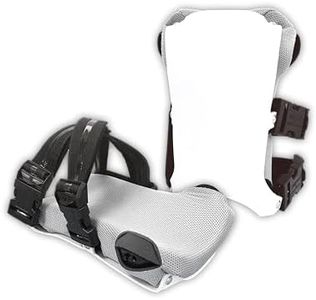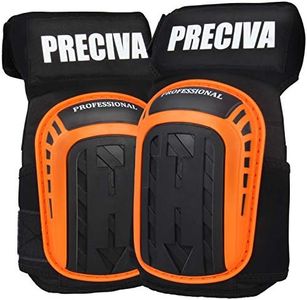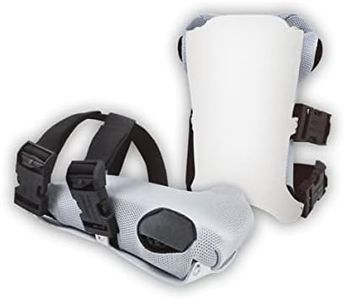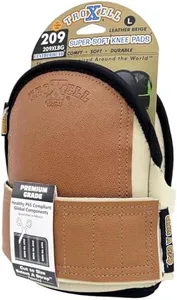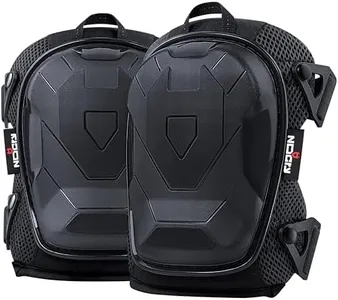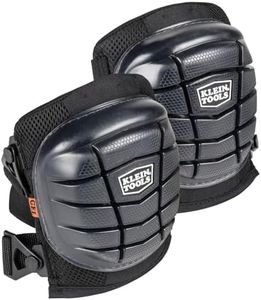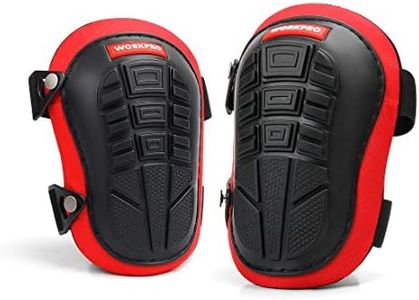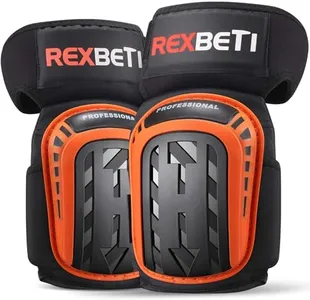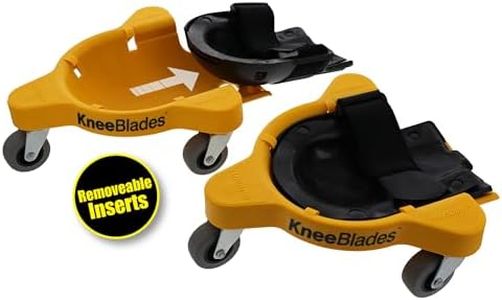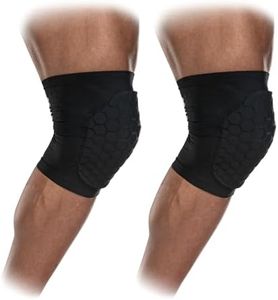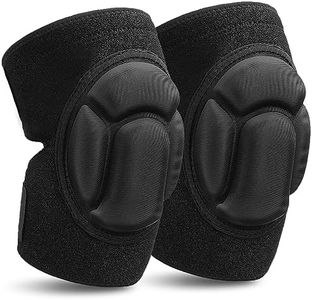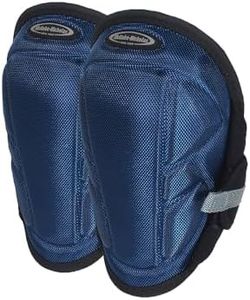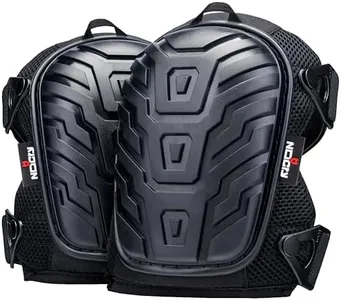We Use CookiesWe use cookies to enhance the security, performance,
functionality and for analytical and promotional activities. By continuing to browse this site you
are agreeing to our privacy policy
10 Best Work Knee Pads
From leading brands and best sellers available on the web.By clicking on a link to a third party's website, log data is shared with that third party.
Buying Guide for the Best Work Knee Pads
Choosing the right work knee pads is crucial for anyone who spends significant time kneeling at work, such as construction workers, gardeners, or floor installers. Good knee pads not only protect your knees from impact and strain but also help you work more comfortably and efficiently for longer periods. When shopping for knee pads, pay close attention to how they fit, the kind of protection they offer, and their durability. The right pair should offer a balance between comfort and protection without restricting your movement.Padding MaterialPadding material refers to the substance inside the knee pad that cushions your knee from hard surfaces. Common materials include foam, gel, and rubber. Foam padding is lightweight and offers basic comfort, making it suitable for light-duty tasks or short use. Gel padding provides better shock absorption and molds to the shape of your knee, offering improved comfort during extended use. Rubber padding is tough and durable, often used for heavy-duty work. To choose, think about how long you'll be kneeling and the kind of surfaces you'll encounter. For longer jobs on hard surfaces, gel or thick foam is generally best, while light work can get by with thinner foam.
Outer Shell TypeThe outer shell is the hard, protective cover on the outside of the knee pad. It can be soft (fabric or flexible plastic), hard (rigid plastic), or a hybrid of both. Soft shells are comfortable and better for surfaces that scratch easily, like hardwood floors. Hard shells provide greater protection against rough or uneven surfaces, such as gravel or concrete, and allow you to pivot or slide. If your work involves a lot of movement on hard, abrasive surfaces, a hard shell is ideal. However, if you're often on delicate floors, a soft shell will prevent damage to the surface.
Strap DesignStrap design refers to how the knee pads are secured on your legs. There are single or double strap systems, with closures like Velcro, buckles, or elastic bands. Double straps distribute pressure more evenly and help keep the pads in place, reducing slippage and discomfort. The type of closure matters for ease of use and comfort over long periods. Consider how often you'll take the pads on and off, and try to pick a design that won't dig into your skin or shift as you move. If you expect to kneel and stand repeatedly, quick-release buckles or wide, padded straps can make a big difference.
Fit and SizeFit and size determine how well the knee pads conform to your leg without slipping or feeling too tight. Some knee pads come in different sizes, while others are one-size-fits-most with adjustable straps. The right fit should feel snug but not restrictive, staying in place as you move around. If possible, try them on and walk or kneel to check for comfort and stability. For people with large or small legs, look for brands that offer multiple size options or have highly adjustable straps to avoid discomfort.
Breathability and LiningBreathability and lining refer to features that keep your knees cool and dry during use. Good knee pads have moisture-wicking or breathable linings that prevent sweat buildup and skin irritation. Some are designed with ventilation holes or mesh panels for improved airflow. For hot environments or long hours of wear, choose pads marketed as breathable or with sweat-wicking technology to stay comfortable and prevent chafing.
Durability and ConstructionDurability is about how well the knee pads hold up with regular use on tough surfaces. High-quality stitching, reinforced seams, and tear-resistant outer layers are signs of a durable product. If your work is physically demanding and exposes the knee pads to rough treatment, look for models noted for long-lasting construction and tougher materials. For lighter, infrequent use, basic construction may be sufficient.

